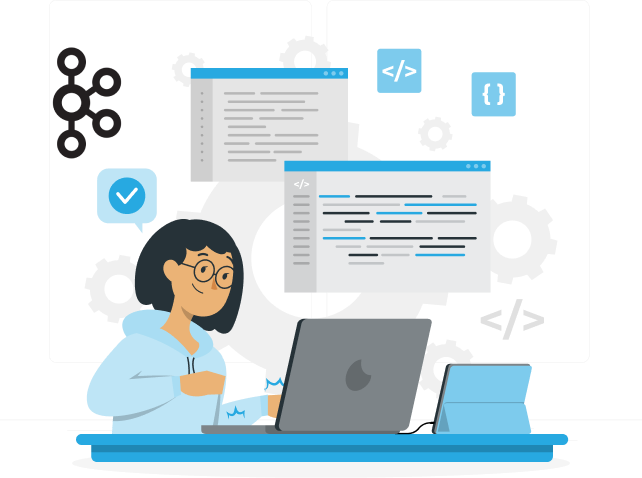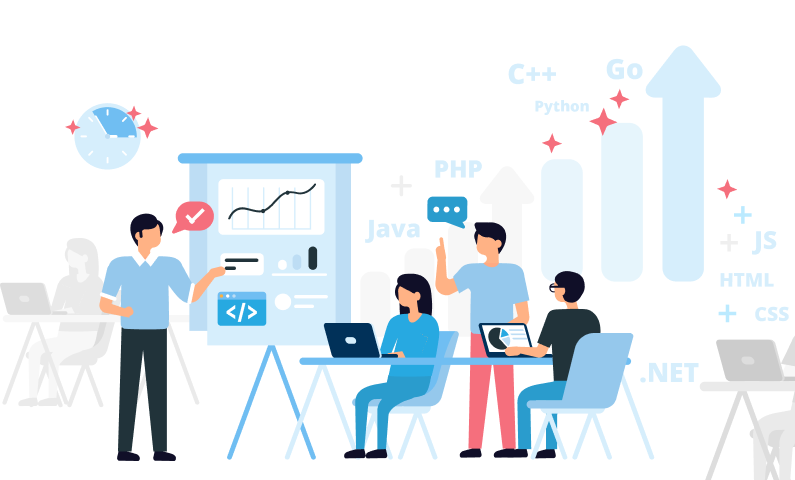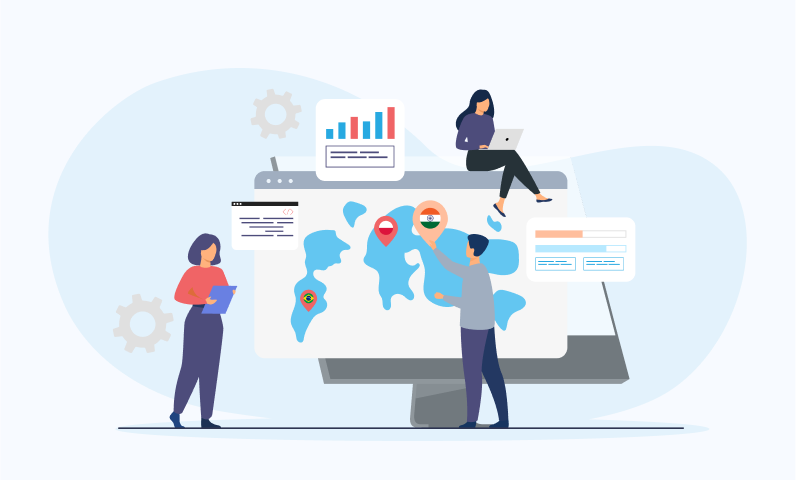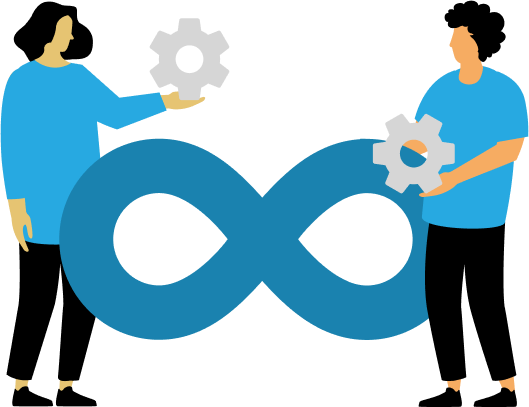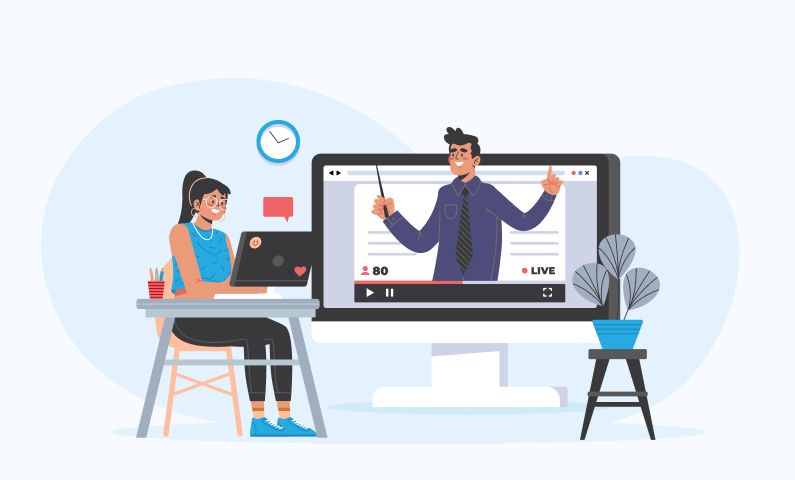In recent years, you might have come across discussions like agile is a better development methodology than the waterfall model, and developers are adopting it rapidly.
In this era of digitization, there is a new technology rising with every new dawn. With changing technologies, market trends are also changing swiftly, and businesses are concerned about providing the best to their customers at the earliest. A rigid software development cycle such as ‘the waterfall model’ might become a blocker here, as it doesn’t allow for easy amendments. Then the question arises here: “Is the waterfall model still relevant in today’s time?’
Let’s not injustice the model by just talking about its relevance rather than digging more deeply into it.
The Waterfall Model
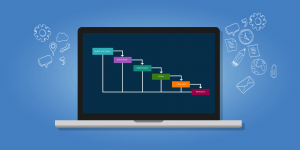
Once the water starts flowing over the edge of the rock and starts falling towards the bottom of the mountain, it cannot go back upstairs. That’s how the waterfall model works. We move to the next phase as one phase of development is completed. However, we rarely go back to the previous one.
The waterfall model has its foundations in the construction and manufacturing businesses, where its severe rigidity might be credited. The model gives negligible opportunities for change because of the coordinated specific environments, as any modifications would bring about enormous costs (consider making changes to a fully constructed building).
The father of the waterfall model, Winston W. Royce, documented the model as a development strategy in 1970. The fact is that Royce didn’t call it the waterfall when he initially recognized and examined it as a strategy for programming development. T.E. Chime and T.A. Thayer’s 1976 review would have first named it the ‘waterfall model’. It was the first process model to be established. The software engineering sector extensively uses this model to assure project success.
The waterfall model divides the process into the following phases:
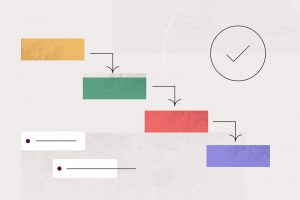
Requirement Analysis
The first phase of the waterfall model is the requirement analysis. During this phase, the waterfall model gathers and documents the end-users requirements for the system. This phase is critical since it serves as the foundation for the subsequent stages.
Software/System Design Phase
Here, the construction of the program will decide the design phase. The major goal of this is to build the blueprint of the software system to eliminate problems in subsequent phases. With this, it discovers solutions for any requirements that are present in the requirement analysis phase.
Phase of Implementation
The phase of implementation includes coding. Developers use the output from the previous phase to create a functional product. Usually, the code can be implemented in small parts, which are integrated at the end of this phase or the start of the next.
Integration/Testing Phase
After testing of each unit, you can integrate output units from the implementation phase in this phase. Then the developers test and verse the software to ensure the correctness of the product. During this phase, they perform several forms of testing and examine every aspect of the program.
If developers have not adequately checked the program and any defects remain in it, the product delivery fails. Hence, the testing/verification is vital.
The Phase of Maintenance
This is the waterfall’s last stage. When the system is developed and users begin using it, the problems that arise must be addressed regularly. Maintenance is the process of caring for and maintaining completed software throughout time. In the software development life cycle, there are three forms of maintenance.
- Corrective maintenance
- Adaptive maintenance
- Perfect maintenance
All of these phases are linked together so that the second phase begins when a predefined set of goals for the previous phase are met and recognized as completed.
Advantages of the Waterfall Model
The benefits of developing the waterfall model are that it allows for departmentalization and control. For each stage of program development, the developer can set a program within a time frame. Then one by one, the product develop Here are some of its advantages:
- It is easily understandable and easily managed.
- It focuses on one step at a time, hence it works well for small projects with clearly understood requirements.
- With the clearly defined steps, it is easy to organize tasks.
- The developer documents the complete software development cycle, hence we can examine whenever we need further clarification.
Disadvantages of Waterfall Model
- It does not allow much reflection or modification. It is difficult to go back and place what is left as the product reaches the testing phase.
- The fixed requirements provide less room for creativity.
- The cost, risk, and uncertainty are high.
- Misinterpreted requirements, and miscommunication between product owners and developers might cause a project failure.
- It is not suitable for large projects with complex requirements.
- You cannot accommodate the change in requirements at any stage.
- It is difficult to identify the challenges and risks in the earlier stages.
- You can use the time for actual processes instead of investing it in the documentation.
How can Ajackus help with other services?

Navigating the fiercely competitive digital landscape with Ajackus is not just about being in charge; it’s akin to commanding a rocket ship. We go beyond the conventional role of IT service providers; we serve as your trusted mission control, meticulously crafting customized solutions to propel your business toward unparalleled success in technology.
Expertise
With over 12 years of technical proficiency, we have successfully navigated the intricacies of 15+ industries, including healthcare, fintech, real estate, edtech, oil and gas, travel, HRtech, and more.
Capabilities
Our expertise encompasses a broad spectrum of 100+ technologies, such as JavaScript, PHP, Python, Java, Ruby, QA Manual, Go, iOS, DevOps, Android, Spring Boot, React, Angular, Ruby on Rails, and more.
Project Portfolio
Demonstrating unwavering commitment, we have delivered over 300 successful projects, showcasing our ability to translate industry knowledge and technical prowess into tangible results.
User Reach
Making a positive impact on the digital landscape, our solutions have reached over 500 million end users, highlighting the substantial influence we’ve had in enhancing user experiences.
Communication Excellence
Prioritizing English proficiency ensures effective and transparent collaboration, establishing clear communication channels with our clients at every stage of the project journey.
Client Satisfaction
Our client satisfaction is evident through highly positive feedback and enduring partnerships. With an outstanding 4.9 rating on Clutch, we were recognized as the Top App Development Company and Top Software Developers in 2022, 2023, and 2024.
Agile Approach
Embracing an agile methodology, we swiftly adapt to changing project requirements. For instance, our PRD (Product Requirement Document) process takes an average of 2-4 weeks (30-40 hours), while the development of an MVP (Minimum Viable Product) is completed in 8-12 weeks on average, ensuring efficiency without compromising quality.
This provides just a look into our IT solutions at Ajackus. We are here to elevate your business and ready to ignite your growth.
Conclusion
The waterfall model is still applicable for projects that have fixed timelines or budgets, as the outcomes are well-defined and so are the expectations, while ensuring that each phase is executed sequentially. However, this approach lacks flexibility in large or dynamic projects. Agile methodology instead emphasizes flexibility and adaptability of strategies. The hybrid model is increasingly becoming more relevant, combining the best strengths of both models to adapt for versatile project management.
If you are a business looking to get started with any of these models based on your needs and requirements, we are here to help you. Our experts have a deep understanding of working on these models and offer the right solution which can enhance your business. Let’s speak.

Start a Project with Ajackus




































